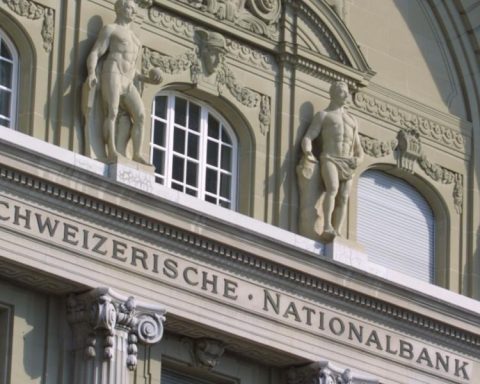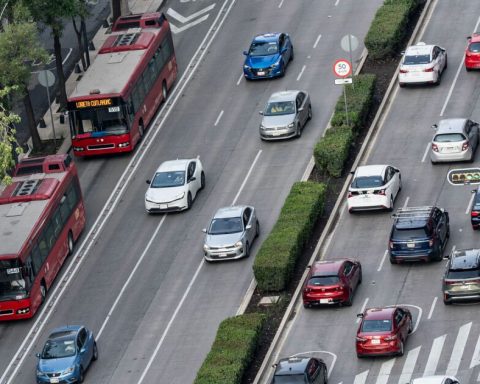TO
end of 2013, The European Union (EU) proposed to several Eastern European countries, including Ukraine, to sign the Eastern Partnership Agreement (EAA), an event that was to take place on November 28 and 29, 2013 in Vilnius. For its part, the Ukrainian government, in order to sign the AAO agreement with the EU, asked the latter to remove the visa regime and grant more credit, as well as the modernization of the gas transportation system. But Brussels did not grant these requests, because it only needed complementary markets for the realization of its goods in order to solve the problem of the great unemployment it is experiencing and with the purpose of relocating the Roma population that the EU does not want in their countries. . In addition, there is a convergence of interests between the EU and the United States, since by signing the eastern association agreement, Ukraine would be a large market of 47 million inhabitants for the EU and the United States could bring its weapons closer to Russia, since One of the clauses of the treaty proposed the entry of Western weapons into Ukrainian territory, building the cordon around Russia even closer. For all of the above, Ukraine would be destined to be a market for dangerous technologies such as the extraction of shale gas through hydraulic fragmentation and a field of social experimentation through the introduction of orthodox free market recipes without social covers.
But the most important thing for the Americans and a wide circle of influential structures is to prevent the creation of a unified economic space of Russia, where Ukraine could enter and separate it from Russia. This is the main meaning of the AAO for Ukraine because it brought nothing positive for this country.
Yanukovych refused to sign and, given this, the West prepared a soft coup in 2014, the second, after the Orange Revolution of 2004.
In turn, the repositioning of Russia as an energy and military power, in addition to the rise of China economically and technologically, set off alarm bells in the White House. In the case of Russia, the Ukraine crisis has several levels of meaning. On the geopolitical level, however, it is a question of whether Europe will continue to develop deeper economic and political ties with Russia than it has to date, or whether the United States will take more aggressive steps to slow down, backtrack and potentially break the growing economic relationship between Europe and Russia.
A key point of the geopolitical vision of the United States is to separate Germany from Russia, the two great European giants, because the United States has great economic and security interests in Europe. Those interests saw the emergence of the general crisis in Ukraine in 2013 as an opportunity to further secure America’s global economic hegemony by preventing what is perceived as a dangerous drift by Europe toward greater economic integration with a Russia that resurfaces.
Europe’s growing dependence on Russian gas and energy is well known. In the last decade, Europe’s dependence has grown to take at least a third of its gas from Russia. Germany consumes up to 40 percent of the gas it imports from Russia. However, with the conflict in Ukraine in 2014, the overthrow of President Yanukovych in that country, and the incipient civil war between the nationalist Ukraine and the ethnically Russian southeast, the government of President Vladimir Putin held a referendum among the population of the Crimean peninsula that resulted in favor of reincorporating it into the territory of Russia. The Russian government feared that in Crimea, once President Victor Yanukovych was overthrown, a North Atlantic Organization (NATO) military base would be accepted. For this action, the United States and the EU have sanctioned Russia since 2014.
Thus, there are proposals from the United States to supply Europe with liquefied natural gas and this is another indicator of its attempt to cut Europe off from the Russian supply source.
On the other hand, the landslide passage of the Russia sanctions bill in mid-2017, with which the US Congress forced Trump to block Russian trade with Europe, rattled the Kremlin at the time.
The goal of these sanctions is to sell US liquefied gas to Europe, but Russian gas is cheaper and closer.
In this context, Germany and Russia agreed in 2015 to build a gas pipeline that runs along the bed of the Baltic Sea from a Russian port to a German port and the gas pipeline became operational in 2011. But, since 2015, these two countries planned to build a parallel gas pipeline, the NordStram 2 and, coincidentally, the conflict in the Ukrainian Donbas resurfaced when this gas pipeline was already completed and was under review by a German commission to approve its start-up. Last Tuesday, the German chancellor suspended the review after objecting to Russia’s move to recognize the self-proclaimed republics of Donietsk and Lugansk, coincidence or goal accomplished by US business interests in Europe?
* UAM academic, researcher and expert in international relations
















